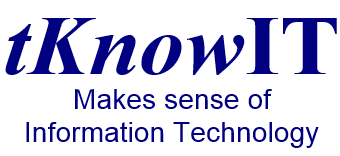The CrowdStrike outage explained for Ryedale business owners and managers
Download our free guide which summarises everything you need to know about the recent CrowdStrike outage.
This is written specifically for business owners round here. Inside you’ll discover:
• What CrowdStrike is
• What happened on Friday 19th July 2024
• The impact on businesses – and what it means for you
• How to protect your business by reviewing IT strategies and contingency plans










